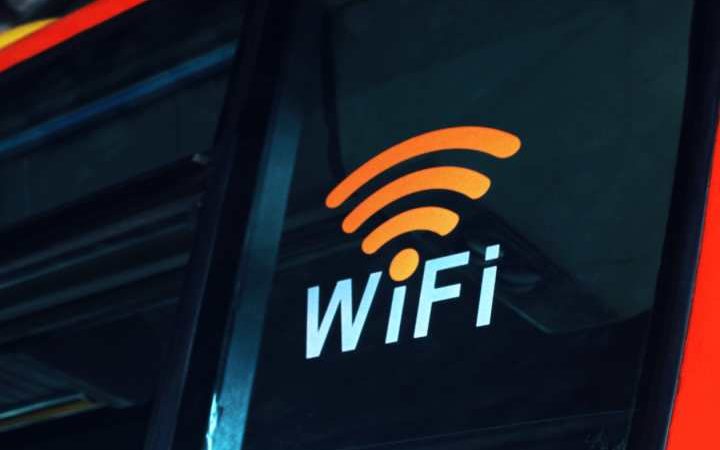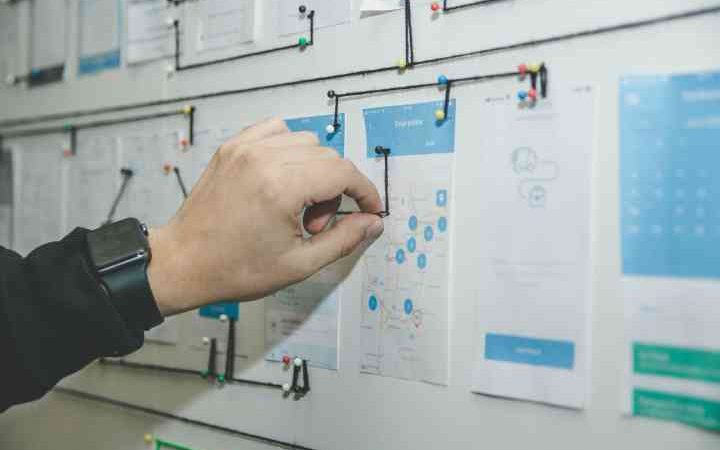The Technologies Helping to Reduce Car Accidents

An overwhelming majority of car accidents can be attributed to something the driver involved either did or did not do. The sad thing is that a majority of these accidents can be avoided if we eliminate driver error. A possible solution that has been working very well is found within the technologies that now come embedded in the vehicles we drive and on the devices we use. Each set of technologies might work differently, but they all reduce vehicular accidents in some way. Here are the ones with the most impact.
Table of Contents
Forward Collision Systems
Forward collisions are a common type of accident typically caused by distracted driving. To avoid this, vehicle manufacturers have started adding forward collision systems to newer vehicles. These systems calculate the distance between your vehicle and the rest of the vehicle in front of you. They then alert the driver if they notice the distance between the two vehicles reducing quickly or they are too close to the vehicle in front of them. These systems will also reduce your speed to avoid a rear-end crash.
Driver Monitoring Systems
A significant number of car accidents are caused by drivers who are drowsy or falling asleep. These drivers lose control of their vehicles and do not have enough time to react to avoid an accident once they are alert again.
Businesses and drivers are now installing camera systems that use algorithms to detect whether a driver is drowsy, falling asleep, or not paying attention to the road. They will alert the driver using a sound when they detect this happening thereby reducing the possibility of an accident.
Some will also detect when a driver is using their mobile device when driving and alert them about their distracted driving. Because some drivers still use their phones while driving, some businesses have started using phone management apps.
These apps set policies for when and where drivers can use different functions on their phones. For example, they might be able to use GPS when driving and only be able to receive calls and texts during their breaks. These solutions prevent distracted driving for fleets by ensuring they do not happen in the first place.
Automatic Emergency Braking Systems
There are two types of automatic emergency braking systems. While both work well to help stop a vehicle, they work slightly differently. The first type of system monitors for possible collisions and applies the brakes for you automatically to stop the vehicle as soon as possible. This system activates when it detects a possible crash, and the driver fails to use their brakes.
The second system, known as dynamic brake support, will sound an audible warning when it detects an imminent crash. However, it will not apply the brakes until the driver does so first.
Lane Departure Technologies
Lane departure systems have many names, but they work to help drivers stay in their lanes. A drowsy or distracted driver can drift to a lane beside them causing an accident, and these systems prevent that.
Technologies designed to make our roads safer can alert drivers to imminent events or take over if the driver or certain systems fail to stop the vehicle in time. Preventing accidents like this helps us avoid the expensive human and material costs associated with accidents.






